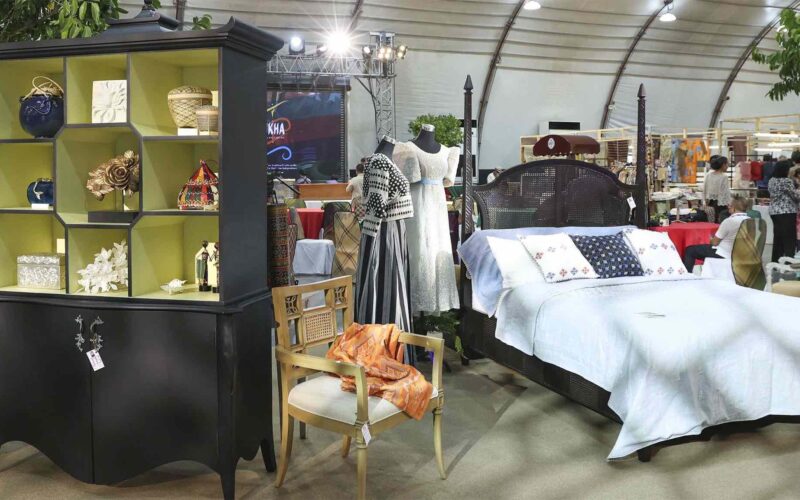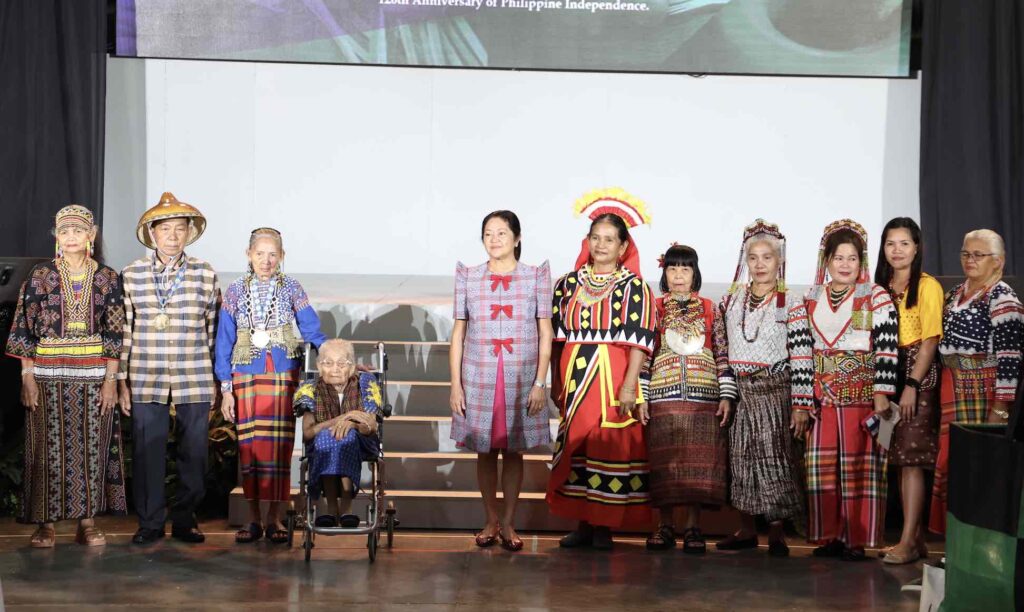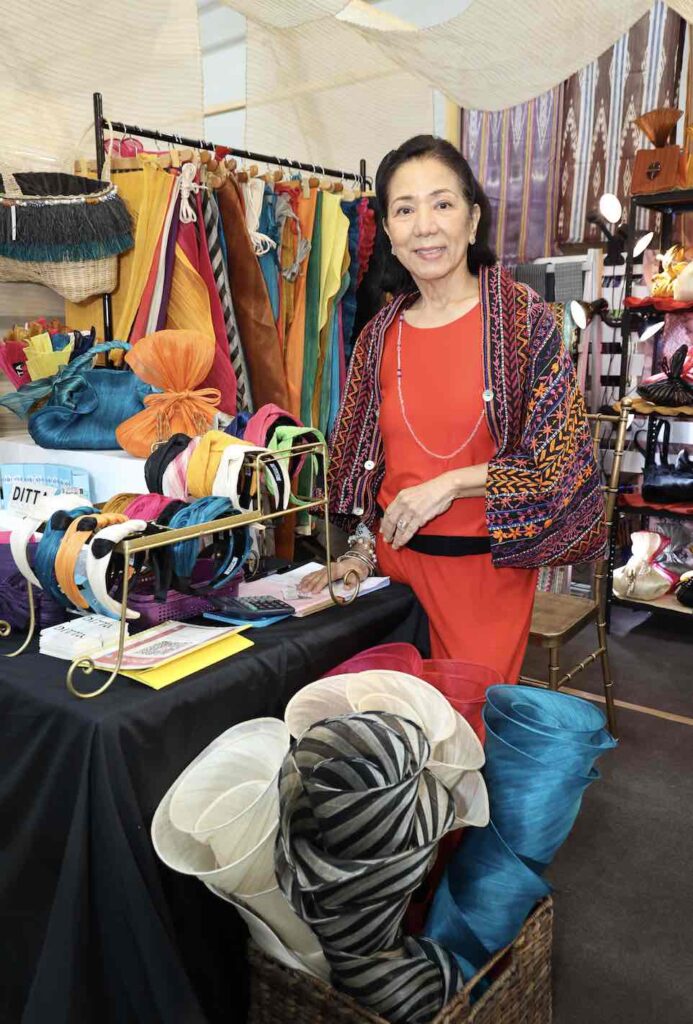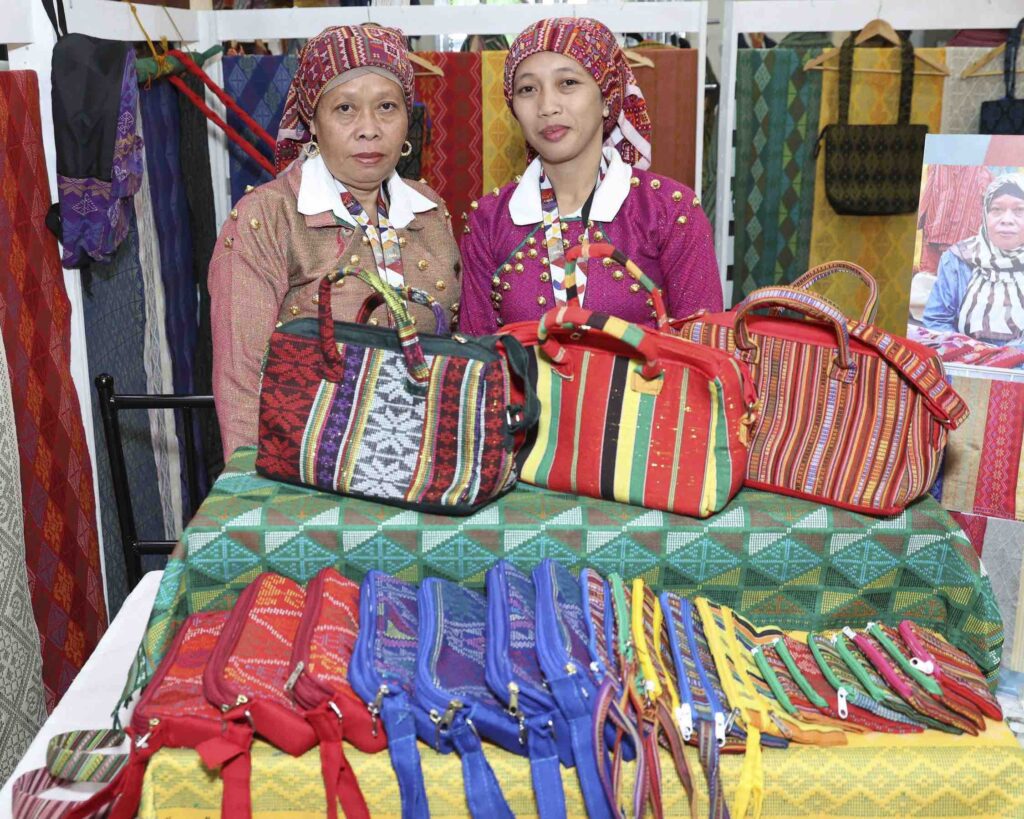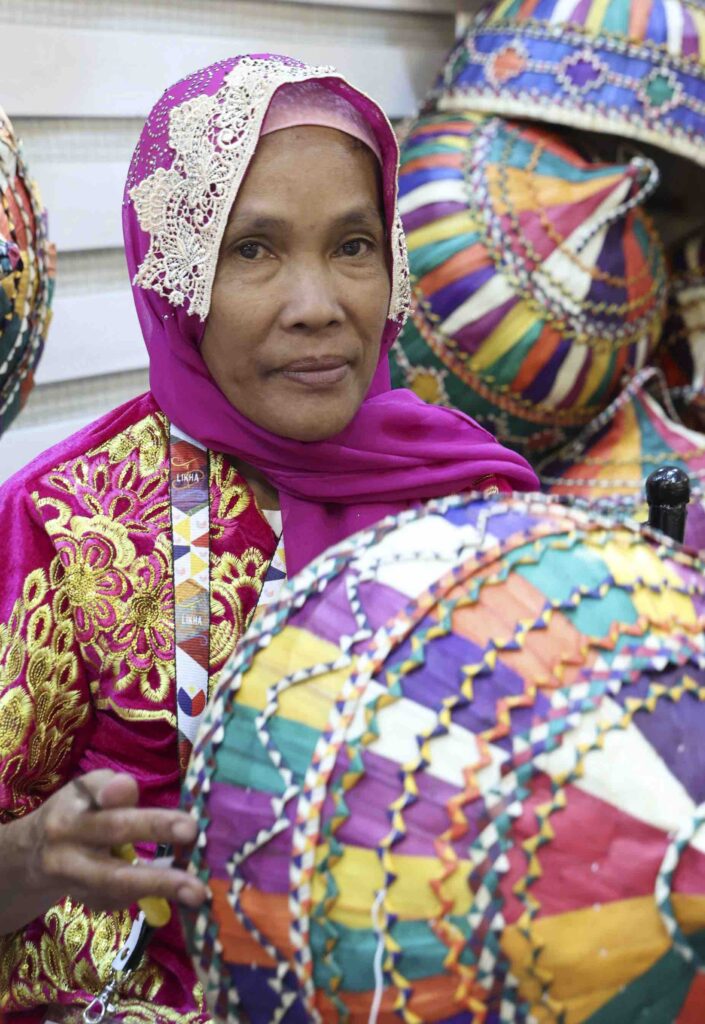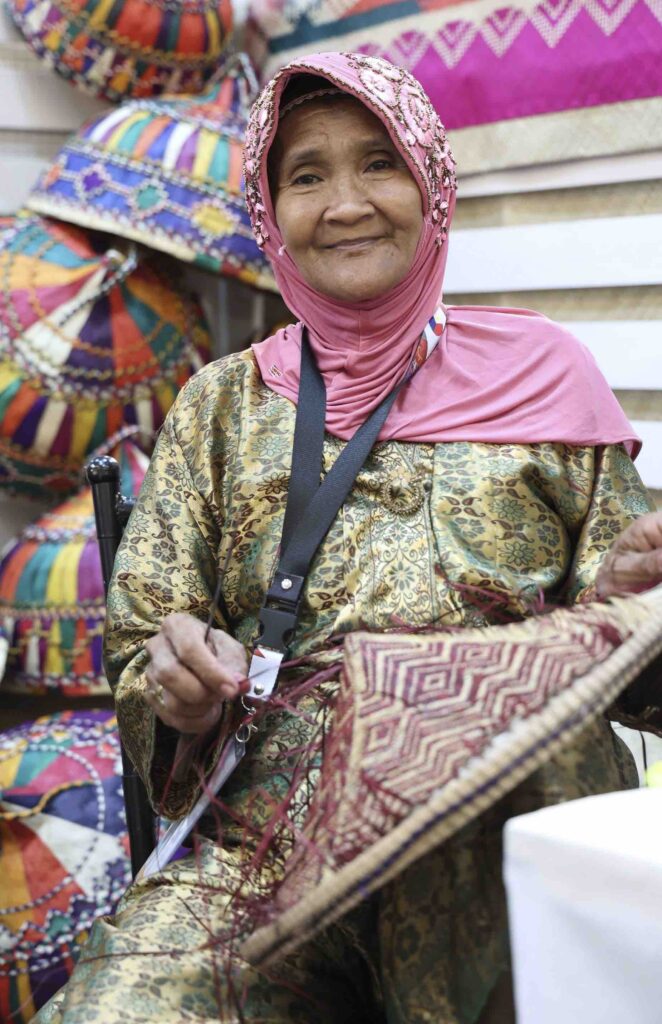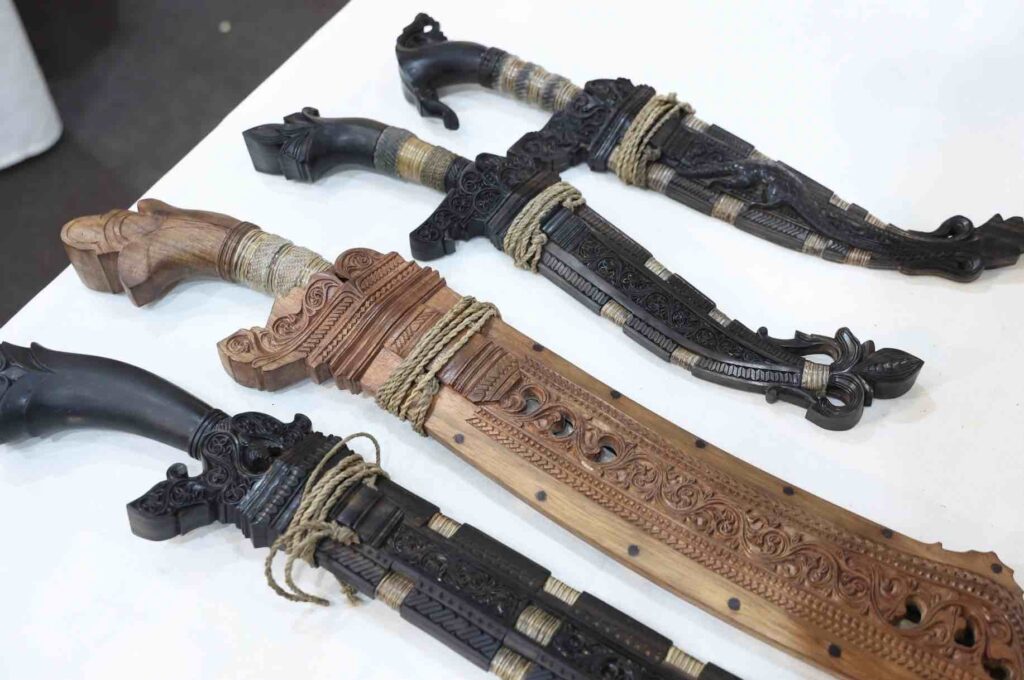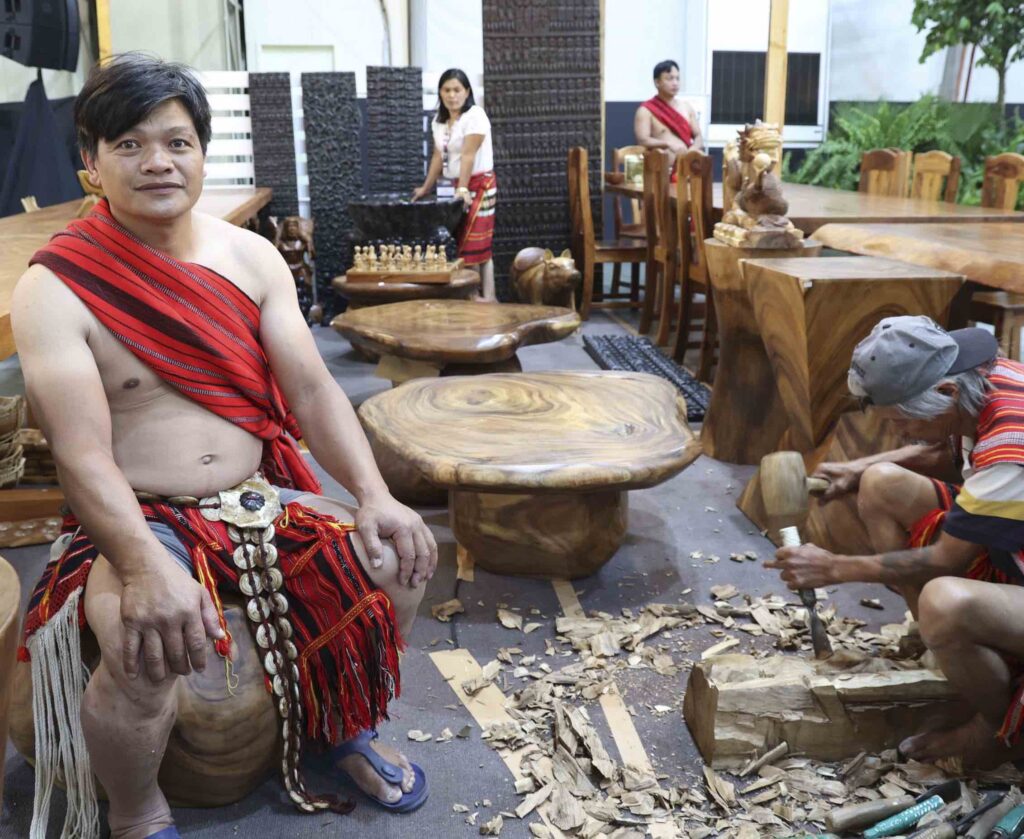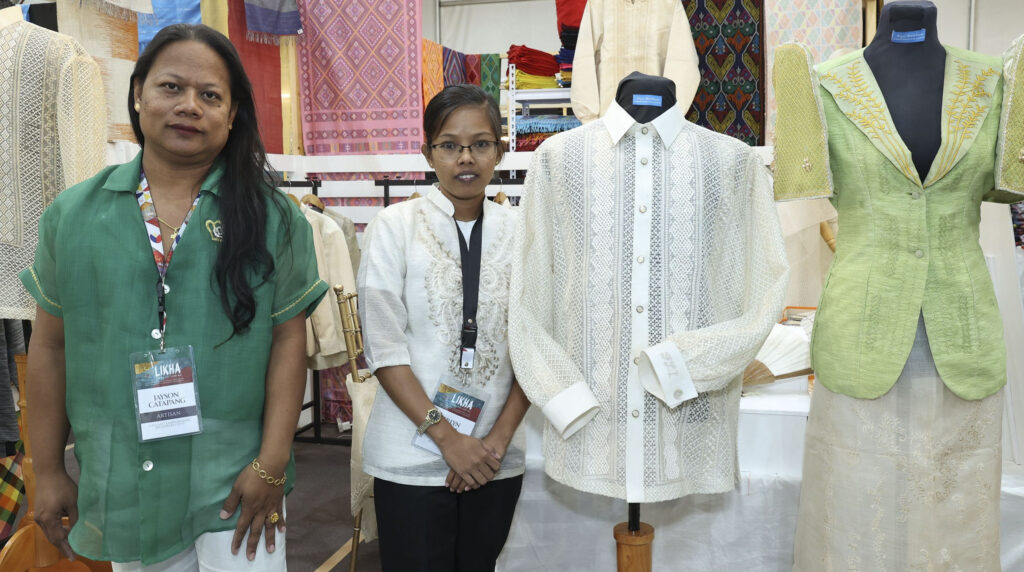By JOSE PAOLO S. DELA CRUZ / Photography by RENJIE TIOLENTINO
Armed with a plethora of creations by 87 artisans from Luzon, Visayas and Mindanao, the third Likha trade show — aptly called “Likha Ko, Lahi Ko” — trains the spotlight on the creative practices of Filipinos across the archipelago.
Held at the Philippine International Convention Center Forum in celebration of the country’s 126th Independence Day, “Likha Ko, Lahi Ko” builds on the success of its two earlier editions. According to Deputy Social Secretary Dina Tantoco, this year’s exhibition was laid out across three sections, each one housing booths from first-time participants, returning exhibitors and more established brands and artisans. To further encourage exhibitors to join (some of whom came from as far as Sulu, Tawi-Tawi and Abra to name a few), the organizers also arranged means to have their products shipped to Manila free of charge.
As a result, the third edition of Likha marked a tremendous increase in participants — up to 87 from around 20 last year.
“This is what my husband meant when he said that ‘The creativity of Filipinos is world-class,’” First Lady Liza Araneta-Marcos said in a recorded speech that was played during the event, before bestowing the Gawad Manlilikha ng Bayan (GAMABA) Awards to a select group of craftsmen and women who were feted on opening day.
Crafts that tell stories
While the beauty and craftsmanship of each and every product on display are immediately palpable, one gets a deeper sense of what it means to be a local artisan upon hearing the stories of the participants.
Among this year’s first-time exhibitors is Naliran Kammasu, a 51 year-old weaver of Yakkan Tennun from Lamitan in Basilan. Accompanied by her daughter, Naliran told PeopleAsia that she has woven these colorful fabrics — now turned into bags and table runners, among other things — since she was seven. She also credited former “People of the Year” awardee Len Cabili for helping them bring their products to Likha 3.
The exhibit also showed how extending a helping hand to local artisans could help them elevate their craft and reach a wider audience.
Siling Sabturani, a tutup weaver from Patikul Sulu, is living proof of this. “After school as children, my siblings and I would immediately start weaving tutup as a means of making a living,” she told us in the vernacular. Tutup is a traditional, dome-shaped food cover.
Abu Aida, on the other hand, is a saruk (fisherman’s hat) weaver from Maimbung, Sulu. She currently innovates and builds on the native art by adding colorful touches to the saruk, and even tweaking their shape so that women would be more inclined to wear them.
Both Siling and Aida are beneficiaries of the Accelerate Bangsamoro Program. One common thread that runs through their stories is the spirit of gratitude that isn’t lost on these artisans. For one, these ladies from Sulu sang praises for Rambie Lim (also a member of the Habi: The Philippine Textile Council), who helped bring their crafts to Likha. “Sulu has been peaceful for five years now and we’re glad that these women have finally joined us to showcase their products, whose roots can be traced to years of tradition passed on from one generation to another,” Rambie shares.
It’s not just the women either. Simpio Mata, a wood carver from Palawan also brought his intricate knives and decorative fish, turtle and bird pieces made from langka, bunot-bunot and a variety of shells. “My uncle has taught me how to do this, just as his forebears taught him,” says Simpio in the vernacular. He has been doing this since 1999.
Watzy Pagada Buligan and his merry band of wood carvers from Banaue, who returns to the exhibit this year, cheerfully worked on some tables and chairs within the forum. Some of his pieces, made from solid narra, acacia, molave and da-o fetched six-digit prices at Likha — still a bargain, if one considers the size and effort that comes with each piece.
Also returning to Likha this year for the third time are Callado weavers from Batangas. Angel Boombasse and Ferin Maala of Burdado ni Apolonia told us that inquiries in their social media account have ballooned in the past three years, soon after they joined Likha. “It has really helped our business since we meet here businessmen, government officials and other individuals who appreciate and help us improve our craft,” says Angel. On display in their booth was a full, double-chin Callado barong which took three months to make.
As we walked from one end of the exhibition to the other, we saw the gradual refinement in the products displayed in every partition — from the first time artisans who have bravely taken their first steps under the Likha sun, to the returning craftsmen who are well on their way to expanding their businesses, to the Ditta Sandicos, Filip+Innas and Barbas, whose success have undoubtedly inspired countless other artisans to soar to new heights.
And frankly, there’s nothing quite as beautiful as that.

